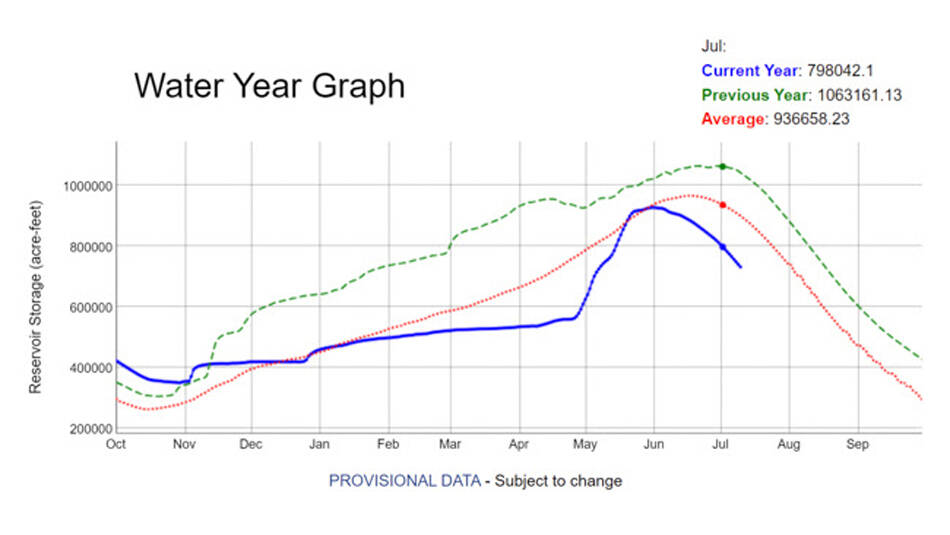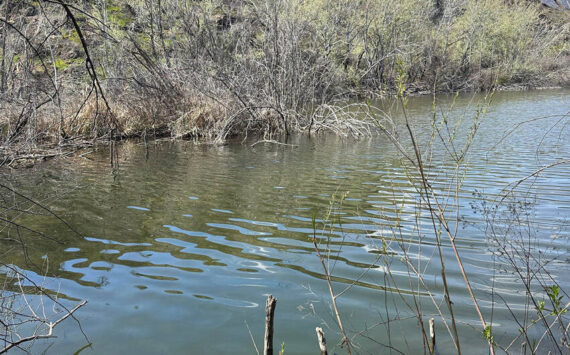Submitted by Washington State Department of Ecology
In the last month, the state Department of Ecology has issued curtailment notices in several basins experiencing dry conditions. Ecology notifies junior water right holders when their basin’s water levels are expected to drop below minimum instream flows.
When curtailed, some water right holders are unable to withdraw water from a river or groundwater. Curtailments help prevent further decline in rivers with instream flow rules and they protect senior water right holders from having their water use impaired by junior water right holders, according to Ecology.
This year, Ecology sent curtailment notices to the following areas:
- Asotin Creek
- Cow Creek
- Entiat River
- Little Spokane River
- Marshall Creek
- Methow River
- Okanogan-Similkameen River
- Walla Walla River mainstem
- Wenatchee River
- Yakima River
The Teanaway River will likely be curtailed later in the season, according to the state agency.
Building climate resiliency
As climate change pushes average temperatures higher, Ecology is seeing more rain and less snow in the mountains, earlier snow melt, and shifts in river flows and water supplies. Because of that, they’re implementing projects throughout the Columbia Basin that prepare the region to withstand these changes. These initiatives include promoting water exchanges and efficiencies, exploring storage and protecting access to clean water.
Together, this work builds toward water management solutions that meet current needs and future demands – for the environment, agriculture, industry and growing communities, the agency says.
Learn more about our water supply projects in Eastern Washington.
While the region is feeling the water pinch east of the Cascades, curtailments are often a normal part of water management. That means that for now, the agency is focused on protecting flows for fish while minimizing hardship on the region’s agriculture.
Throughout the summer, Ecology monitors the situation so they can support local communities and keep the economy strong. The agency says it knows conditions are uncertain as the region moves further into the summer. Wherever they can, they’ll work with growers to find viable solutions to water shortages, says Ecology.
And, with a hot, dry summer ahead, they’re keeping a close eye on water supplies and are preparing to act if conditions further deteriorate. Until things change, be smart with your water usage, said Ecology.
Related links:
• Statewide drought advisory issued July 5, 2023
• Statewide drought conditions







